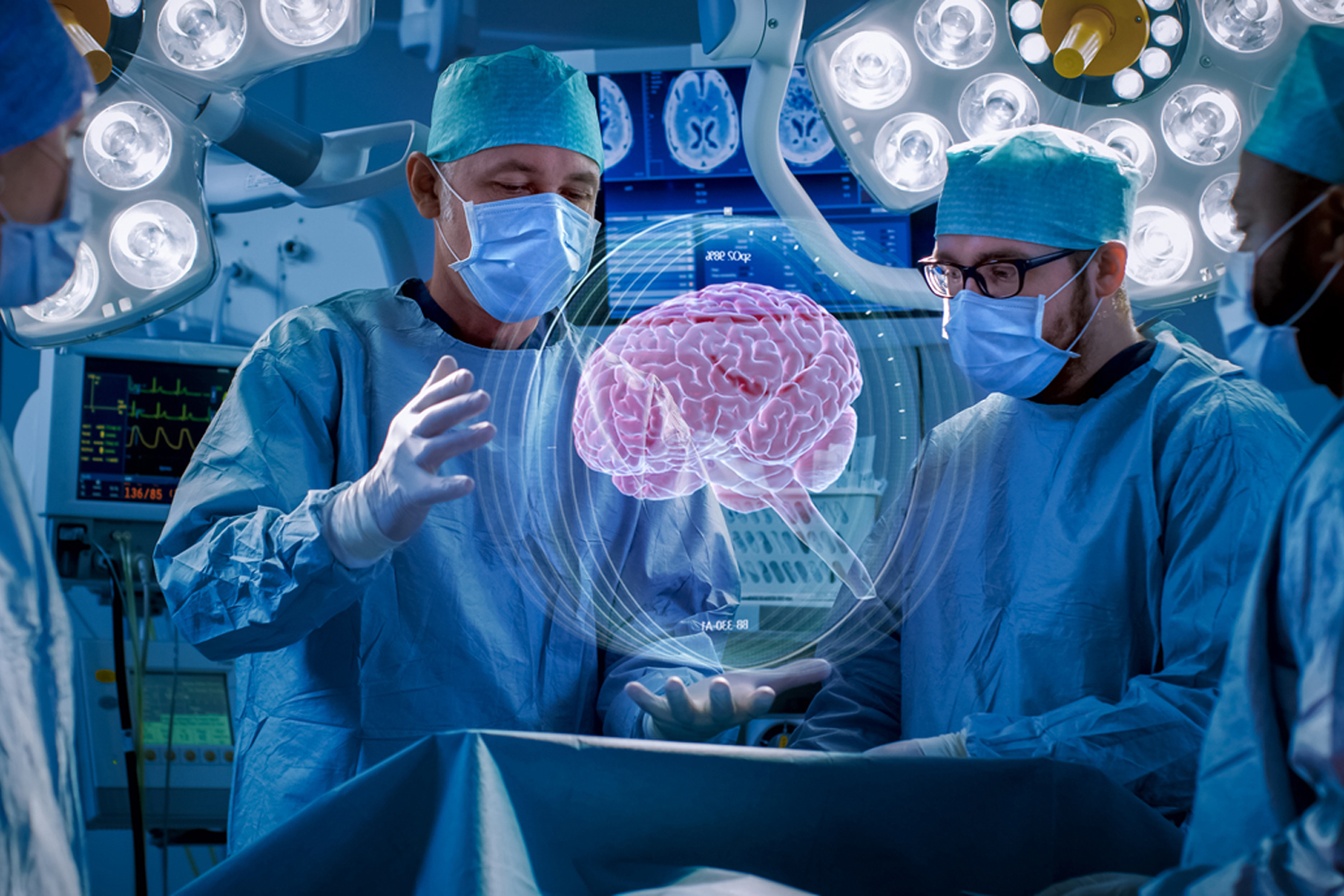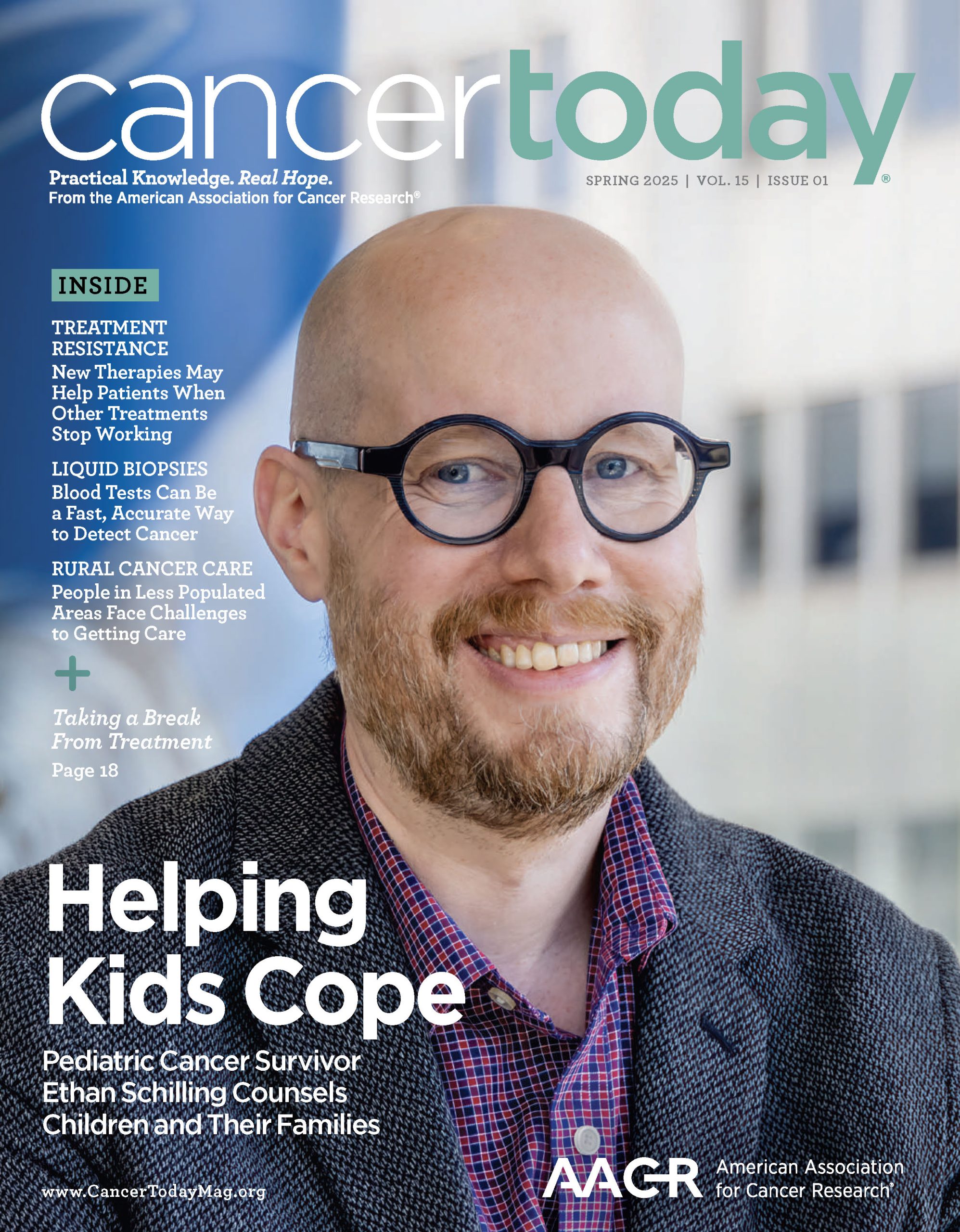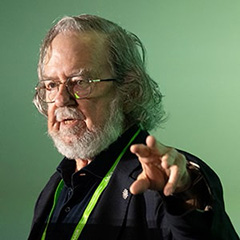STURGEON, AN ADVANCED ARTIFICIAL INTELLIGENCE (AI) TOOL developed in the Netherlands, can classify tumors to help guide surgeon’s decisions about how much tissue to remove during pediatric brain tumor surgeries. Described in an Oct. 11, 2023, Nature study led by scientists in the Netherlands, Sturgeon accurately diagnosed tumors within 90 minutes.
Surgical care teams rely on histological assessments, where a pathologist looks at the characteristics of tumor samples under a microscope, to guide decisions on how much tissue to remove. Current testing approaches lack precision, and information found after an operation may lead to more surgeries.
“Histological assessment is often inconclusive or provides only an indication at the level of broad tumor classes,” says Jeroen de Ridder, a researcher at the Oncode Institute and associate professor at University Medical Center Utrecht in the Netherlands, who co-led the study. “If the histological diagnosis is unclear or the pathologist is in doubt between two or a few tumor classes, the molecular classification can make a real impact. We have seen this in practice in a number of cases now.”
Trained with genetic data from almost 3,000 profiles, Sturgeon can provide information about what the tumor is made of and how it behaves.
In simulations, Sturgeon correctly classified most tumors that had a clear diagnosis in as little as 25 minutes, although in some cases, it reported that it failed to reach the required confidence threshold. When deployed during actual surgeries, it identified 72% of tumors within 45 minutes. The complete process, including preparation of the tumor samples, took about 90 minutes.
“Sturgeon’s unique aspect is its ability to make robust diagnoses under time pressure,” says de Ridder, who worked with scientists from the Princess Máxima Center, a pediatric oncology research hospital in Utrecht. Despite challenges, like getting a sample with enough tumor cells, the team foresees Sturgeon becoming a standard tool for pediatric patients and advocates for its implementation to improve surgical decision-making. “If it is possible to obtain information during surgery at no extra cost, why not? We see a strong push to implement Sturgeon in routine practice at the Princess Máxima Center,” de Ridder adds.
Cancer Today magazine is free to cancer patients, survivors and caregivers who live in the U.S. Subscribe here to receive four issues per year.





